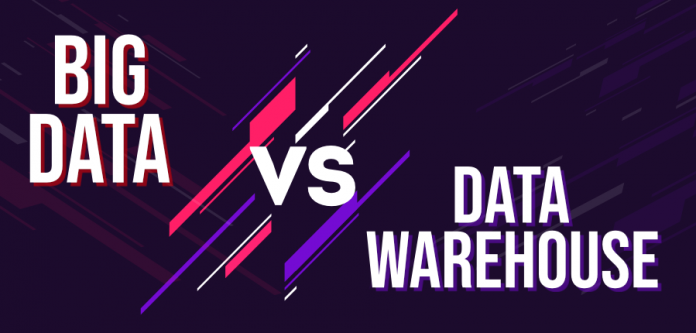There is a big difference between a big data warehouse, and if you’re a CTO of a large company, it’s important to know the differences between the two. A data warehouse is designed for BI and other structured analysis, while big-data solutions are used for the analysis of unstructured or big-data sources. Both systems use a distributed file system for storage and processing, but a data warehouse is more flexible and has better performance than a big-data system.
First of all, a data warehouse is a more efficient solution for storing and querying data. While big-data is stored in a table, a data warehouse is a multi-layered database that stores data from multiple departments. Moreover, big-data is non-volatile, meaning that changes to the data warehouse do not affect it. However, big-data stores are not as flexible as a centralized data warehouse and require more effective management techniques.
Data warehouses are not as flexible as big-data, but they’re much more adaptable and flexible than traditional databases. The flexibility they offer is desirable for companies that have huge amounts of data. They can handle high-volume information and be highly flexible, but it comes at a cost. Ultimately, organizations need a combination of these two options to be successful. It is important to understand the difference between the two, and choose the right one for your needs.
A data warehouse stores information about a specific subject, while big data stores data from a variety of sources. The latter is more adaptable and flexible, but flexibility comes at a cost if you want to analyze and display a large amount of data. In addition, big data can process streaming data as well as data from machines. The two are very different, so you need to understand their differences in order to make the best choice.
A data warehouse can be a good option if you have a large amount of data. It’s best for organizations that need a large amount of data. A data warehouse can support a limited number of concurrent users. It can also be difficult to scale, and it’s important to know which tools will work for you. It is also important to know which technologies to choose when it comes to the types of storage you need.
A data take is a vast pool of raw information. A data warehouse is a repository of structured and filtered data. They are different. While a data-lake stores real-time information about one part of a business, a data warehouse stores historical information and processes it for specific purposes. Typically, a data lake uses real-time information for decision-making. If you’re a small business, a data lake is a great choice.
A data warehouse is a database that stores transactional data from various sources. Its purpose is to provide information for analytics. Many organizations find that a data warehouse is more efficient than a traditional data warehouse. This type of data storage does not require any special techniques to manage the data, but it does require a lot more management and a better way to organize the data. If you’re an organization that relies on data, a data warehouse is essential.
A data warehouse is a database that collects and analyzes information. A data take is a data dumping ground. In contrast, the big data is a repository that collects information from different departments. A data take is more flexible than a database, but it has a price. It requires more management and more flexibility. A database can handle a huge amount of information.
A data take is a data warehouse that can handle a large volume of unstructured data. In contrast, a database is a database that is created specifically for a specific purpose. For example, a database is a library. A data lake can store and manage a vast amount of unstructured data. A data take is a storage that is not designed to handle unstructured data.








